With the launch of NASA’s Artemis I mission to the Moon just days away, Emma the Space Gardener has put together a guide covering the highlights of the mission for space gardeners. Learn about the space biology experiments on their way to their Moon, the seeds stashed away in the Orion capsule, and more!
Category: space travel – Page 169
Researchers unfold elegant equations to explain the enigma of expanding origami
Most materials—from rubber bands to steel beams—thin out as they are stretched, but engineers can use origami’s interlocking ridges and precise folds to reverse this tendency and build devices that grow wider as they are pulled apart.
Researchers increasingly use this kind of technique, drawn from the ancient art of origami, to design spacecraft components, medical robots and antenna arrays. However, much of the work has progressed via instinct and trial and error. Now, researchers from Princeton Engineering and Georgia Tech have developed a general formula that analyzes how structures can be configured to thin, remain unaffected, or thicken as they are stretched, pushed or bent.
Kon-Well Wang, a professor of mechanical engineering at the University of Michigan who was not involved in the research, called the work “elegant and extremely intriguing.”
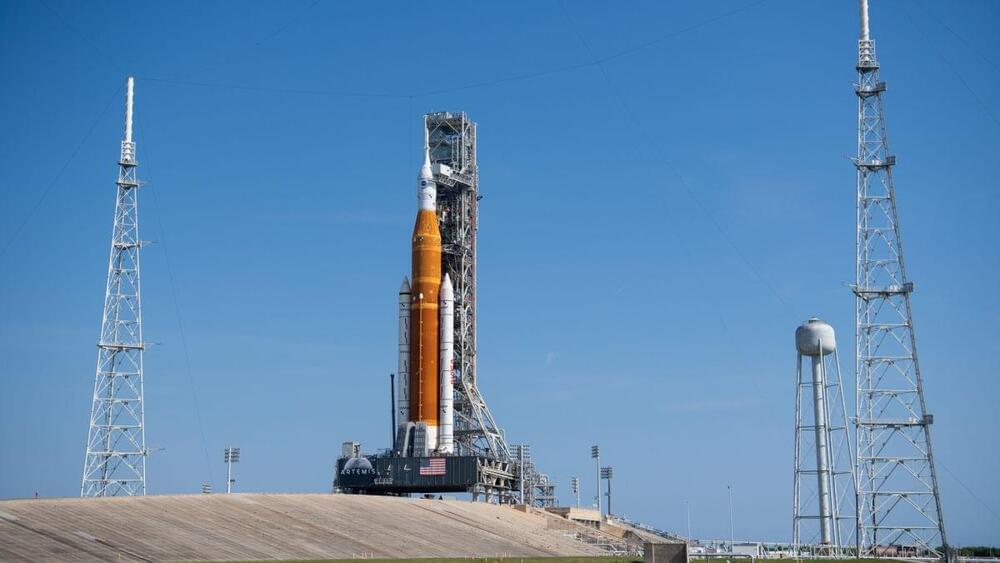
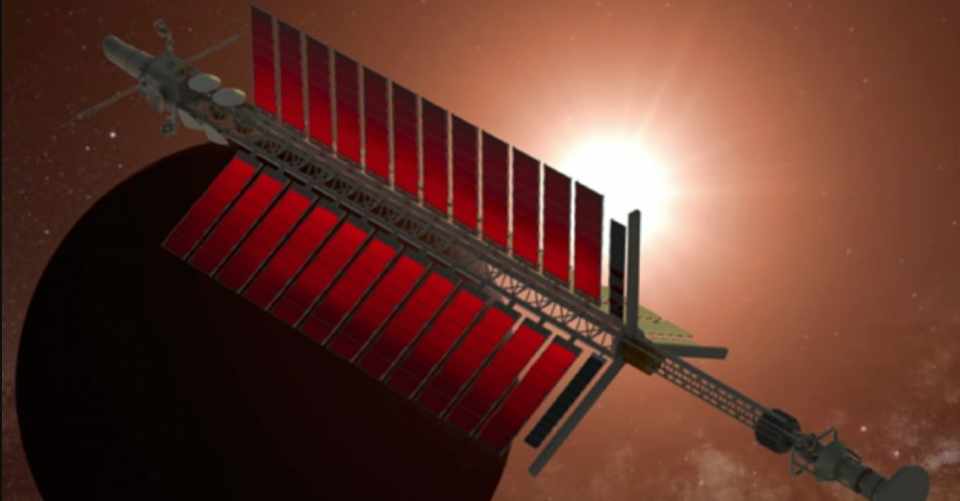
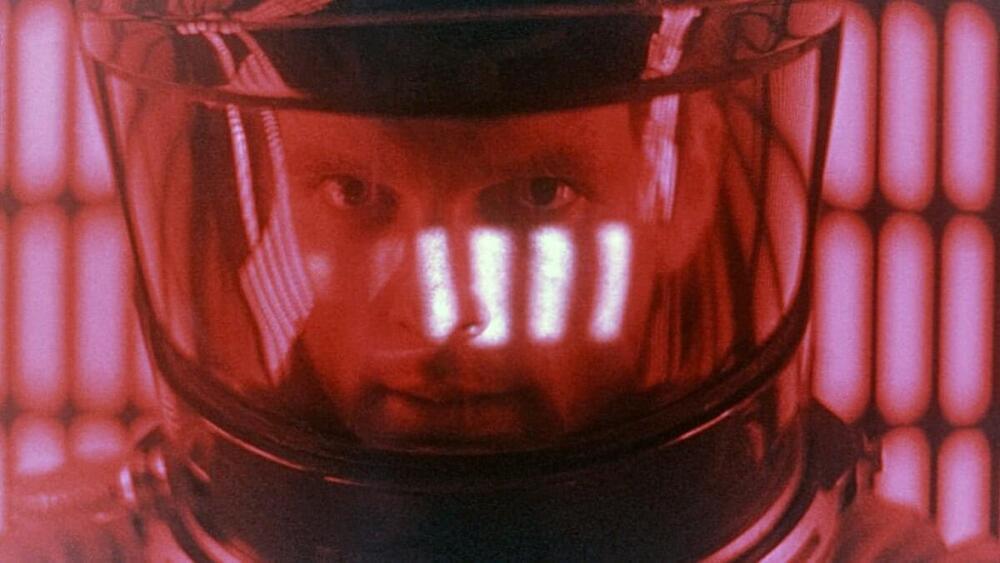
How Does the TARDIS Work?
The TARDIS is the iconic time machine and spacecraft from the popular sci-fi series Doctor Who. The TARDIS functions by folding space using technology that taps into higher dimensions. But is there any scientific basis for this?
Join this channel to get access to perks:
https://www.youtube.com/channel/UCF5F2zbc6NhJVyEiZGNyePQ/join.
Written, filmed, & edited by OrangeRiver.
–Music in this video–
Holfix: https://www.youtube.com/holfix.
Sam Kužel: https://soundcloud.com/samkuzel.
–Support–
Patreon: http://www.patreon.com/orangeriver.
Official website: http://www.orangeriverproductions.com.
Merch store: http://orange-river-productions.creator-spring.com/
–Social media–
MOON BASE — THE FIRST 10,000 DAYS (Timelapse)
The start of the Moon base begins with the Lunar Space Station going online. This is where Elon Musk’s SpaceX Lunar Starship, the HLS (Human Landing System) docks — picking up astronauts to take to the Lunar surface.
It only takes 3 days to reach the Moon. So technological development happens rapidly. From Lunar dust shields, a crater telescope, and a Boring Company tunnel digger digging out lava tubes for Lunar habitats, to a Lunar railroad using levitating cargo robots.
Additional footage from: NASA, ESA, SpaceX, ESA + Foster and Partners, Vladimir Vustyansky, ESO/M. Kornmesser, Relativity Space.
Thumbnail Credit (Used with Written Permission) — ICON and SEArch+
A Lunar Colony and Moon Base sci-fi documentary, and timelapse look into the future of living on the Moon.
See more of Venture City at my website: https://vx-c.com.
_______
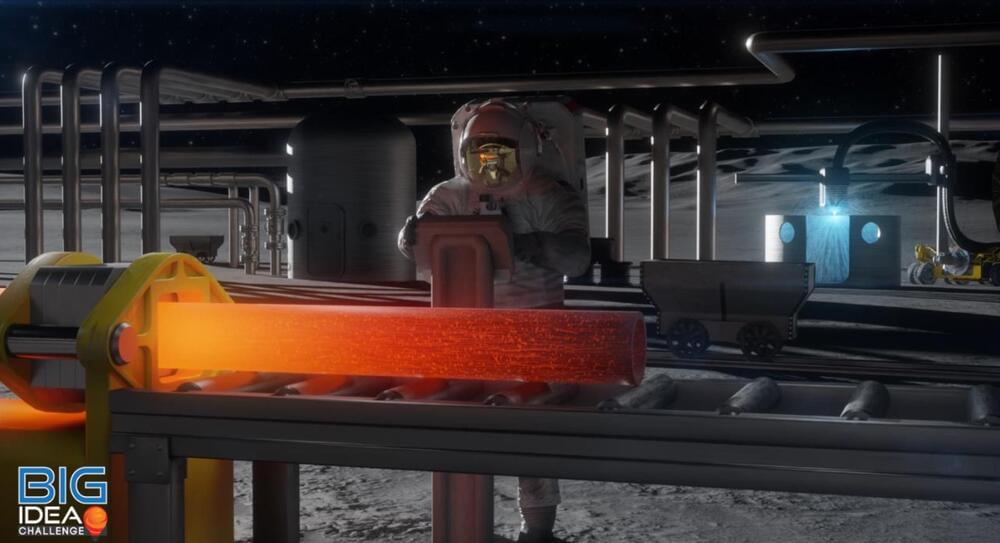
NASA Seeks Student Ideas for Extracting, Forging Metal on the Moon
2023 annual Breakthrough, Innovative and Game-Changing (BIG) Idea Challenge asks university students to design a metal production pipeline on the Moon — from extracting metal from lunar minerals to creating structures and tools. The ability to extract metal and build needed infrastructure on the Moon advances the Artemis Program goal of a sustained human presence on the lunar surface.
Its strength and resistance to corrosion make metal key to building structures, pipes, cables and more, but the metal materials for infrastructure are heavy, making them very expensive to transport. Student teams participating in the BIG Idea Challenge, a university-level competition sponsored by NASA and managed by the National Institute of Aerospace (NIA), will develop innovative ways to extract and convert metals from minerals found on the Moon, such as ilmenite and anorthite, to enable metal manufacturing on the Moon.
The BIG Idea Challenge, now in its eighth year, invites university students to tackle some of the most critical needs facing space exploration and help create the mission capabilities that could make new discoveries possible. The challenge provides undergraduate and graduate students working with faculty advisors the opportunity to design, develop, and demonstrate their technology in a project-based program over the course of a year and a half. This NASA-funded challenge provides development awards of up to $180,000 to up to eight selected teams to build and demonstrate their concept designs and share the results of their research and testing at the culminating forum in November 2023.
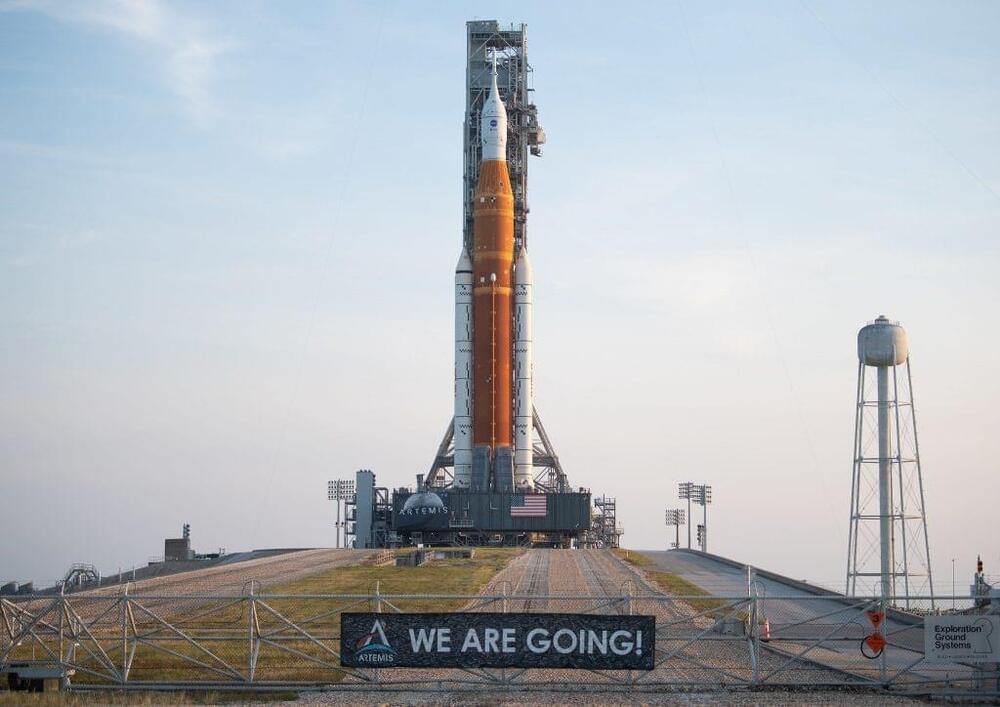
Artemis I Moon Rocket Arrives at Launch Pad Ahead of Historic Mission
The launch of Artemis I is within touching distance.
NASA’s Space Launch System (SLS) is almost ready for launch. The U.S. space agency’s big new rocket reached Launch Complex 39B at NASA’s Kennedy Space Center in Florida at approximately 07:30 am EDT after a 10-hour journey from the Vehicle Assembly Building (VAB).
NASA recently announced an August 29 launch date for its Artemis I mission, which will see SLS launch the agency’s Orion capsule on a trip to the moon and back. This came after the space agency successfully completed a much-delayed wet dress rehearsal in June, during which it filled SLS with fuel and performed a simulated countdown that stopped just short of launch.
Around 7:30 a.m. EDT the Space Launch System rocket and Orion spacecraft for the Artemis I mission arrived atop Launch Complex 39B at NASA’s Kennedy Space Center in Florida after a nearly 10-hour journey from the Vehicle Assembly Building.
In the coming days, engineers and technicians will configure systems at the pad for launch, which is currently targeted for no earlier than Aug. 29 at 8:33 a.m. (two hour launch window). Teams have worked to refine operations and procedures and have incorporated lessons learned from the wet dress rehearsal test campaign and have updated the launch timeline accordingly.
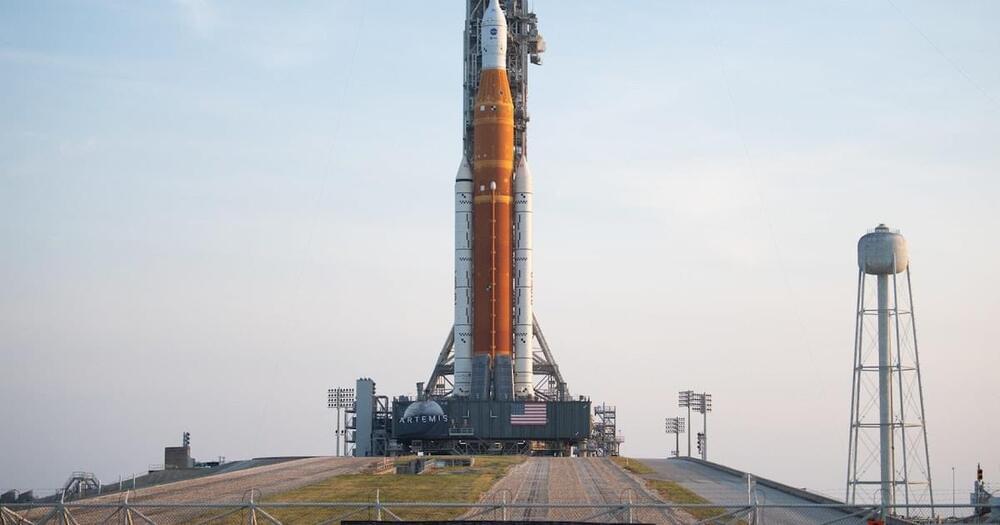
Behold! NASA’s Artemis I is on the launch pad, ready for the Moon
It’s happening.
Historically, Launch Complex B has been used to launch missions to the Moon, including Apollo 10, which involved an orbital flight around the Moon.
When will Artemis I launch?
If all goes well in the next 12 days, the countdown to liftoff will begin on Monday, August 29, as early as 8:33 a.m. Eastern. NASA’s engineers will have a two-hour window for launch that morning, so it is possible the rocket could be on the pad as late as 10:30 a.m. Eastern that day before take off.